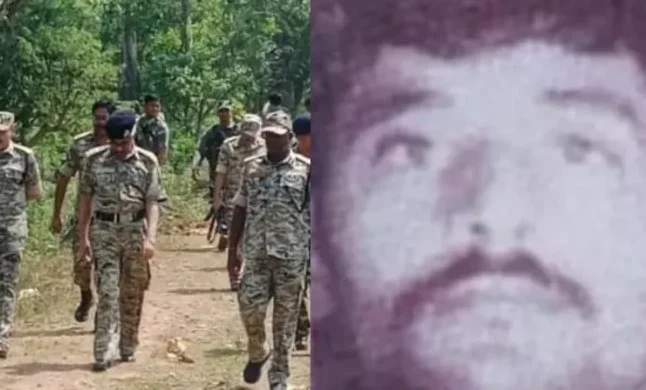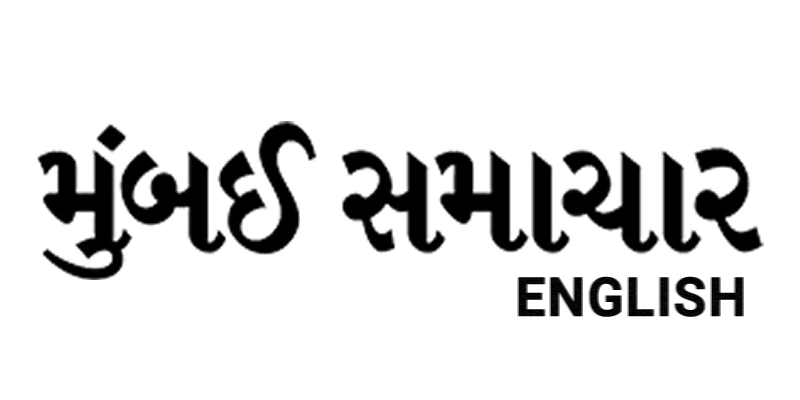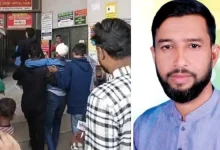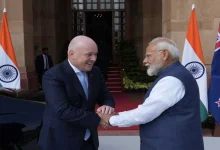Who Was Basavaraju, ‘Backbone’ Of Naxal Movement And Top Maoist Leader Neutralised In Encounter?

Nambala Keshav Rao, also known as Basavaraju, was killed in a major encounter with security forces in Chhattisgarh’s Abujhmad forests. His death is being seen as a significant development in India’s decades-long battle against the Naxalite movement. Described as the “backbone of the Naxal movement” by Union Home Minister Amit Shah, Rao’s killing marks the first time in over thirty years that a leader at his level has been eliminated in such an operation.
Rao had been associated with the Naxalite movement since the late 1970s. He was the general secretary of the banned Communist Party of India (Maoist) and was among the most wanted Naxal leaders in the country. He carried a reward of Rs 1.5 crore on his head and was wanted for his involvement in numerous attacks on security forces across different states.
Born in Jiyyannapet village in Andhra Pradesh’s Srikakulam district, Rao came from an ordinary background. He was the son of a school teacher. He studied engineering at Warangal Regional Engineering College, but his life took a different direction when he became involved in student activism in the 1980s. Following his arrest during a protest in 1980, he went underground and joined the Naxalite movement.
Over the years, Rao became known for his skills in planning attacks and his involvement in ambushes and the use of improvised explosive devices (IEDs). He was believed to be the mastermind behind the 2010 Dantewada attack in Chhattisgarh, in which 76 CRPF personnel were killed, one of the deadliest attacks on Indian forces.
In 2018, Rao succeeded Muppala Lakshman Rao, also known as Ganapathy, as the general secretary of the CPI (Maoist). Under his leadership, the group was linked to several high-profile incidents, including the killings of TDP MLA K. Sarveswara Rao and former MLA Sivari Soma in Andhra Pradesh.
Despite the large bounty on him, Rao managed to evade arrest for decades. There were no recent photographs or confirmed details about his age, even with ongoing investigations. His death is expected to deal a heavy blow to the Maoist organization, especially in regions like Chhattisgarh where he had helped establish strong operational networks.




